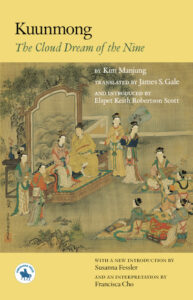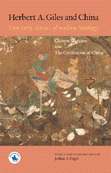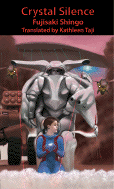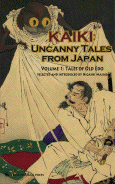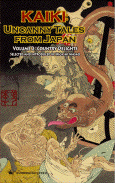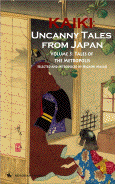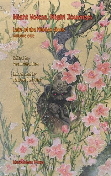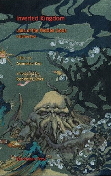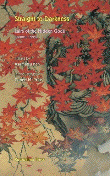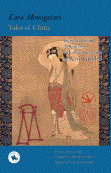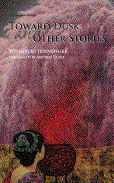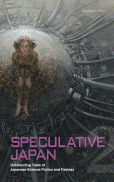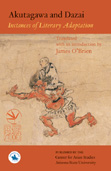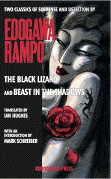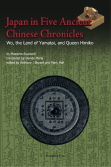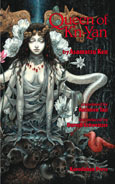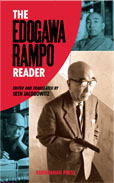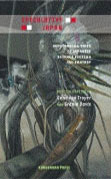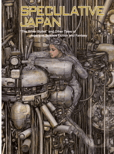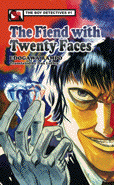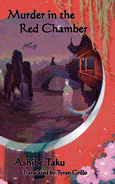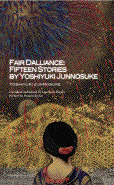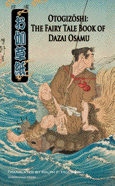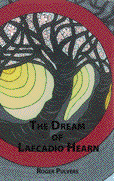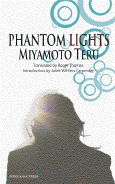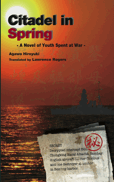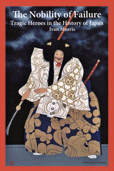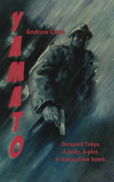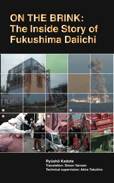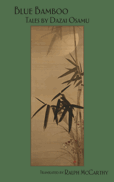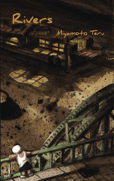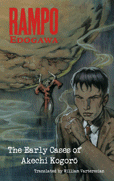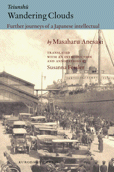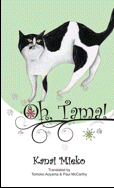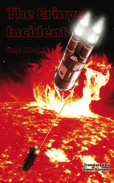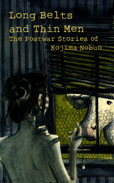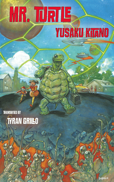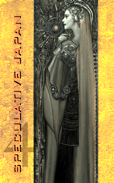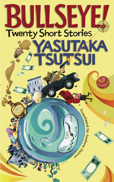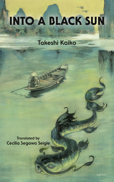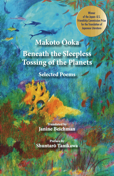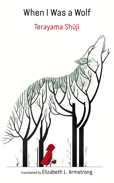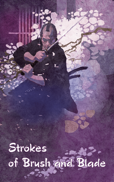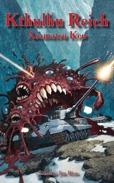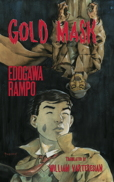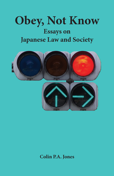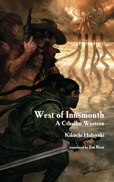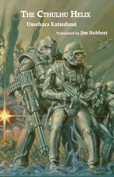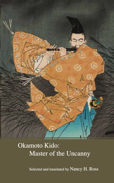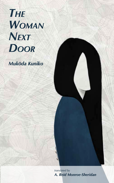Kurodahan: Introduction
Bored with the intellectual black holes of commercial translation, I decided to apply the knowledge and capabilities of Intercom to publishing Japanese literature in English. I talked to two close friends, Chris Ryall and Stephen Carter, and they were both very interested. We decided to go ahead with it.
Kurodahan Press was established as an internal department of Intercom Ltd. in mid-2002. Legally everything was Intercom and all expenses were paid by Intercom, but except for a few places where legal issues mattered we always used the name Kurodahan Press, named after the Kuroda-han that used to control the Fukuoka region where I was located at the time. Chris Ryall, a Canadian with extensive experience at a real publisher, also lived in Fukuoka, while Stephen Carter was in Nagoya.
We had a lot of grandiose ideas at the start but a little research into offset printing costs, wholesale discount rates, warehouse space and a few other things led us to the Print On Demand (POD) route. I tried a few POD places—it was still a new technology at the time—and we ended up with Booksurge LLC in the US. It did not go well for a number of reasons, primarily because we needed distribution and lower prices, neither of which they could help us with.
Lightning Source (LSI) of the US worked out much better. As a subsidiary of Ingram, the largest book distributor in the US, they had an established distribution network and already knew the business. They weren't much help lowering our costs, but to be honest that wasn't their problem. At about that time, as it happened, BookSurge was acquired by Amazon, and promptly renamed CreateSpace (and later renamed Kindle Direct Publishing, or KDP).
I'm compressing time here, but eventually we ended up with two distribution networks: KDP to Amazon stores worldwide, and LSI to everyone else. Since the same POD data was used for both books (except for a mark on the copyright page to indicate which one had printed it), they both used the same Japanese ISBN, and it made no difference where a customer purchased the book.
When ebooks finally became popular enough to be worth marketing, I learned how to generate ebooks from the same InDesign data I used to design the printed books. Both LSI and KDP handled ebooks, but LSI was geared toward major publishers, and while they a range of really good services they were simply too expensive. KDP, on the other hand, was basically designed to handle ebooks, and was excellent but rigid (and so highly automated it could take weeks to get an answer to a pressing question). As per ISBN guidelines we assigned each ebook a unique number, although Amazon did not require them.



